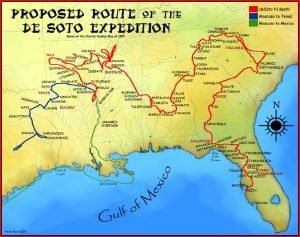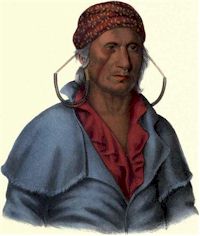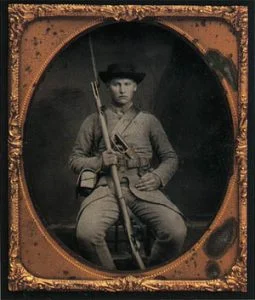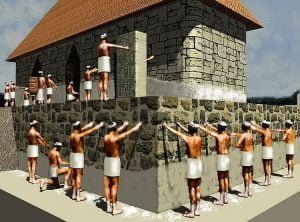Richmond Blues – Augusta Georgia
D. W. DILL, Captain. J. PHINIZY, 1st Lieutenant. A. H. MCLAWES, 2d Lieutenant. W. PHILLIPS, 1st Sergeant. D. D. MCMURPHY, 2d Sergeant. R. H. RINGGOLD, 3d Sergeant. J. F. GLOVER, 4th Sergeant. S. JOHNSON, 1st Corporal. H. BAKER, 2d Corporal. A. PHILLIP, 3d Corporal. G. GORDON, 4th Corporal. Privates. Francis Agnew Benjamin Ansley William Archy R. H. Bush John Bradey R. D. Bridges John Batly J. W. Berry P. Barret J. M. Brown John ‘PV. Conklin James Callahan F. C. Cattinet Joseph M. Collins Washington Collins Milton Cawley Timothy Crawley John C. Colo Patrick Cole M. M. Copeland N. M. … Read more






